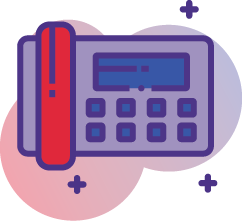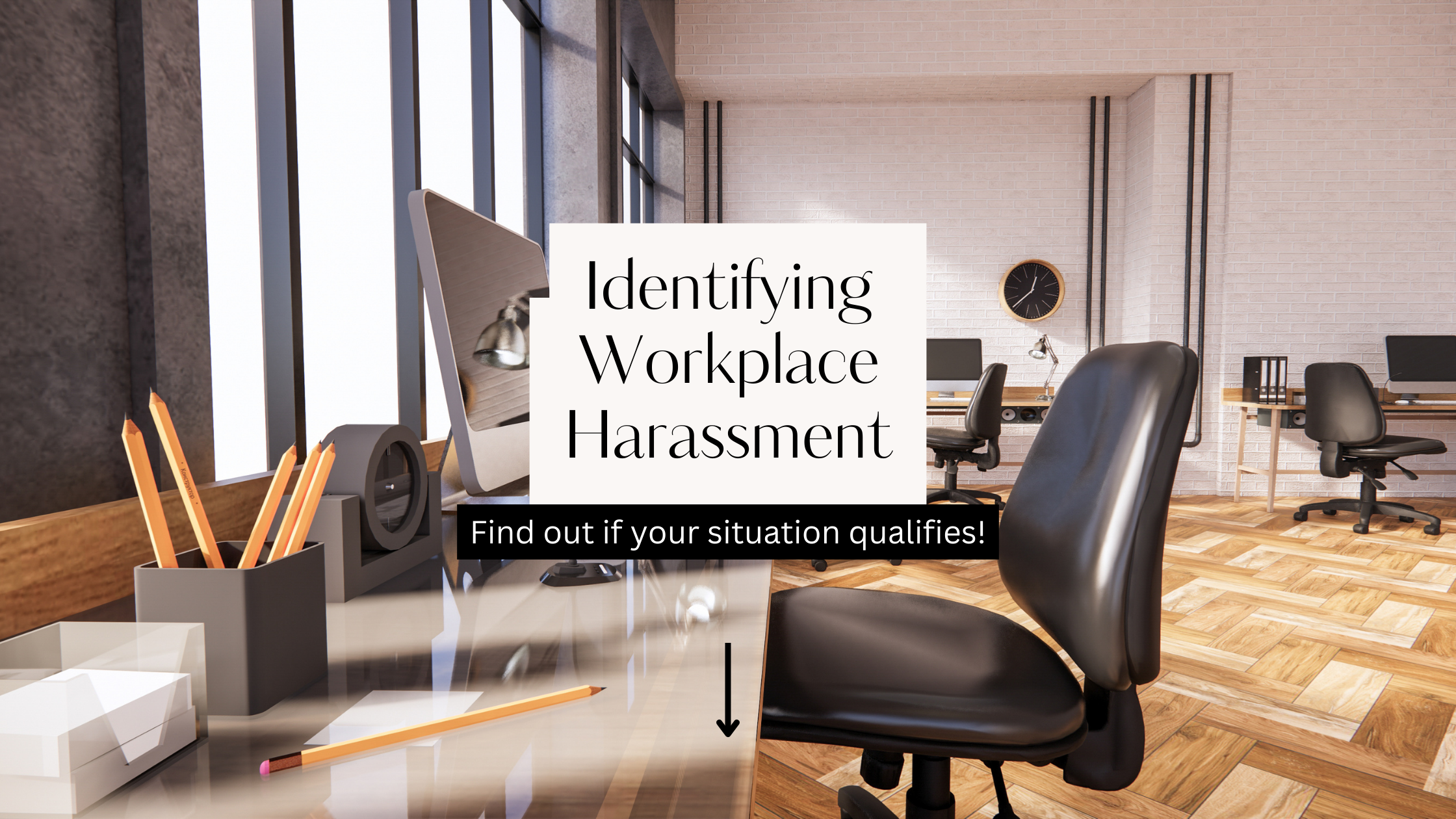You’ve got a colleague who deliberately leaves you off the email discussion, doesn’t invite you to meetings, openly seems hostile to you, and you are pretty sure they are talking smack behind your back to others. You know they not only don’t like you, but it feels like they are trying to get you fired!
Are you working with a difficult person, a bully, or is it actual harassment?
You’ve tried every technique you can to work with them. You’re uber polite, you go extra lengths to ensure you aren’t reacting to their treatment of you, and you spend countless hours worrying about why they are targeting you.
And nothing works. It may be time to contact your union representative, senior leadership, or human resources. Before you do, you want to ensure that what you are experiencing is not the “different personalities clashing” but, instead, legitimate harassment.
Does what they are doing qualify as harassment? Will your company take you seriously or tell you to grow up and act like adults? We know that regardless of the treatment’s title (harassment or not), it can deeply affect you. We also know that unless it does qualify as harassment, there is often very little a company can do about working with unprofessional and mean people.
Before you assume nothing can be done, let’s examine the types of workplace harassment that exist.
Please note that I am not giving you legal advice.
**Discriminatory Harassment:**
Epithets, slurs, jokes, negative stereotyping, or threatening, intimidating, or hostile acts that relate to a person’s race, color, religion, gender, national origin, age, disability, or other protected characteristics are discriminatory harassment. They create an intimidating or offensive environment for the victim and violate their rights to a fair and respectful workplace.
**Personal Harassment:**
If you are being subjected to offensive remarks for reasons not related to race, gender, age, or other protected characteristics, it could be personal harassment. For example, you could be harassed because someone is making fun of your stutter or how you walk. You feel belittled or undermined on either a personal or professional level. This form of harassment can deeply affect an individual’s confidence and mental health. This is classic bullying.
**Online Harassment or Cyberbullying:**
With the rise of technology and social media, online harassment has become increasingly prevalent. Cyberbullies may spread rumors, send threatening messages, or engage in other harmful behavior through digital platforms, creating distress and anxiety for their victims.
**Physical Harassment or Workplace Violence:**
I once heard a story of how an EA was on the receiving end of a stapler being hurled at her and another where the manager stomped on her mobile phone (the rule said no mobile phones at work). Both of these examples qualify as they involve a physical attack, property damage, or threats of harm. In extreme cases, it may escalate to physical assault, posing serious risks to the victim’s safety and well-being.
**Power Harassment:**
If you feel that your job or employment is being threatened by a supervisor, you might feel helpless and vulnerable, like you have no choice but to “take it.” If there is a power imbalance between the target and the harasser (who could be your manager or supervisor), you might be experiencing power harassment. Of course, this is harder to prove unless you have documentation that your job is being threatened, etc.
**Retaliation Harassment:**
Retaliation harassment occurs when individuals target others as a form of revenge or to prevent certain behaviors. This can create a toxic cycle of harassment and retaliation within the workplace, further exacerbating tensions and conflicts. For instance, if you didn’t prioritize a task the way your harasser wanted you to, they retaliate and don’t approve your vacation request on time, etc., or they threaten to call the police about a family member’s behavior.
**Sexual Harassment:**
Sexual harassment involves unwanted sexual advances or behavior, creating a hostile work environment for the victim. Quid pro quo sexual harassment occurs when a superior demands sexual favors in exchange for employment benefits or threatens negative consequences for refusal.
There are situations that happen every day that don’t fall into these categories, and organizations struggle to know what to do. However, if your situation is defined by one of these categories, the problem is much easier to deal with.
Don’t assume your company, Human Resources department, or union won’t help you. If you qualify – they will help you. We need to prevent harassment in all forms so that everyone can work in a safer, more supportive environment.
This article was written by Rhonda Scharf and not from artificial intelligence.










